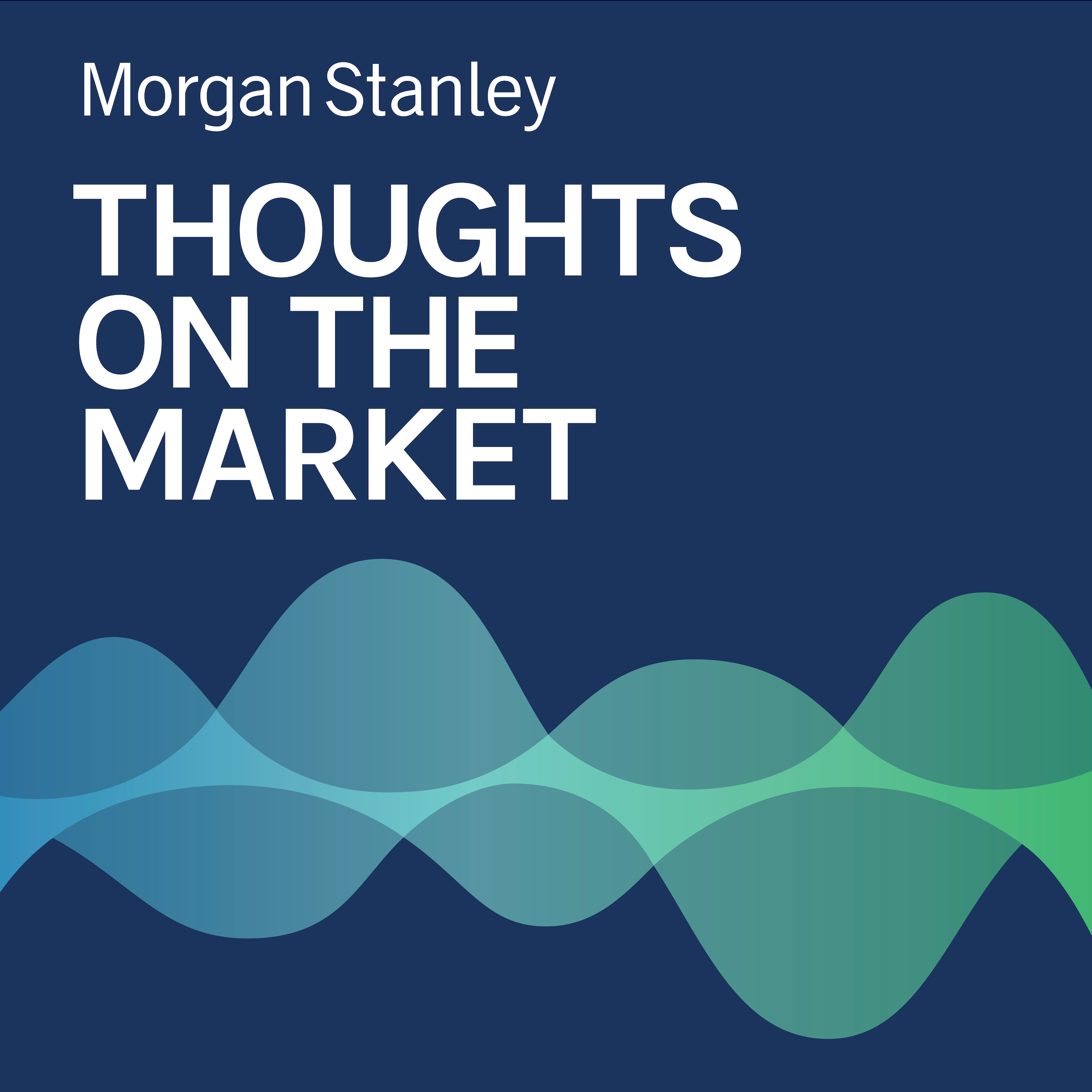Matthew Hornbach: The Impact of Policy on Bond Markets

b"
As the U.S. Federal Reserve keeps rates elevated, investors are selling off bonds in anticipation of new issues with higher yields, triggering a historic rout in the world's biggest bond markets.
----- Transcript -----
Welcome to Thoughts on the Market. I'm Matthew Hornbach, Morgan Stanley's Global Head of Macro Strategy. Along with my colleagues, bringing you a variety of perspectives, today, I'll discuss the ongoing U.S. Treasury bond market route. It's Tuesday, October 24th, at 10 a.m. in New York.
The world's biggest bond markets are in the midst of a historic route, and an increasing number of experts are referring to this as the deepest bond bear market of all time. Simply put, it works like this. When the central bank policy rate increases, investors' expectations for yields on bonds go up. This prompts investors to sell the bonds they currently own in order to buy newly issued ones that promise higher yields.
So in this higher for longer interest rate environment, investors have been selling bonds, resulting in serious declines in bond prices and simultaneous surges in bond yields. In the U.S. Treasury market, which is considered the bedrock of the global financial system, the yield on the 30 year U.S. government bond recently hit 5% for the first time since 2007. German and Japanese bond yields are also reaching significantly elevated levels.
Why does the turmoil in the bond market matter so much for consumers? For one thing, the yields on local government bonds impacts how banks priced mortgages. In the U.S. Specifically, mortgage rates tend to track the yield on ten year treasuries. Government backed mortgage provider Freddie Mac recently announced that the average interest rate on the 30 year fixed rate mortgage hit 7.3% in the week ending September 28th. That's the highest level since 2000.
The ripple effects from the bond market route stretch further than mortgages. For instance, higher U.S. yields also means an even stronger U.S. dollar, which puts downward pressure on other currencies. The equity markets also can't escape the impact of higher bond yields. Those higher yields compete for money that might otherwise get invested in the stock market. As yields surged in September, the S&P 500 fell about 4.5%, despite relatively positive economic data.
Against this backdrop, consensus explanations for the bond market sell off have been focusing on technical drivers, like U.S. Treasury market supply and investor positioning adjustments, as well as fundamental drivers, like fiscal sustainability concerns, Bank of Japan policy changes and stronger than expected growth.
What surprises us is that the Fed rarely enters the discussion, specifically its reactions to data and its subsequent forward guidance. But we do believe the Fed's involvement is one of the major drivers behind the current bond market rout. Without the Fed's more hawkish reaction to recent growth and inflation data, other technical and fundamental drivers would not have contributed as much to higher Treasury yields, in our view.
As things stand, markets will need to continue to come to grips with interest rates staying high. The U.S. economy remains resilient, despite still elevated inflation. Our U.S. economist now thinks the Fed's December Federal Open Market Committee meeting is a live meeting. The September U.S. Consumer Price Index and payrolls data met our economists' bar for a potential additional hike later this year. And so these most recent data releases make the next round of monthly data even more important, as policymakers deliberate what to do in December. And these decisions by the Fed will continue to have a significant impact on the bond market.
Thanks for listening. If you enjoy Thoughts on the Market, please take a moment to rate and review us on the Apple Podcast app. It helps more people find the show.
"